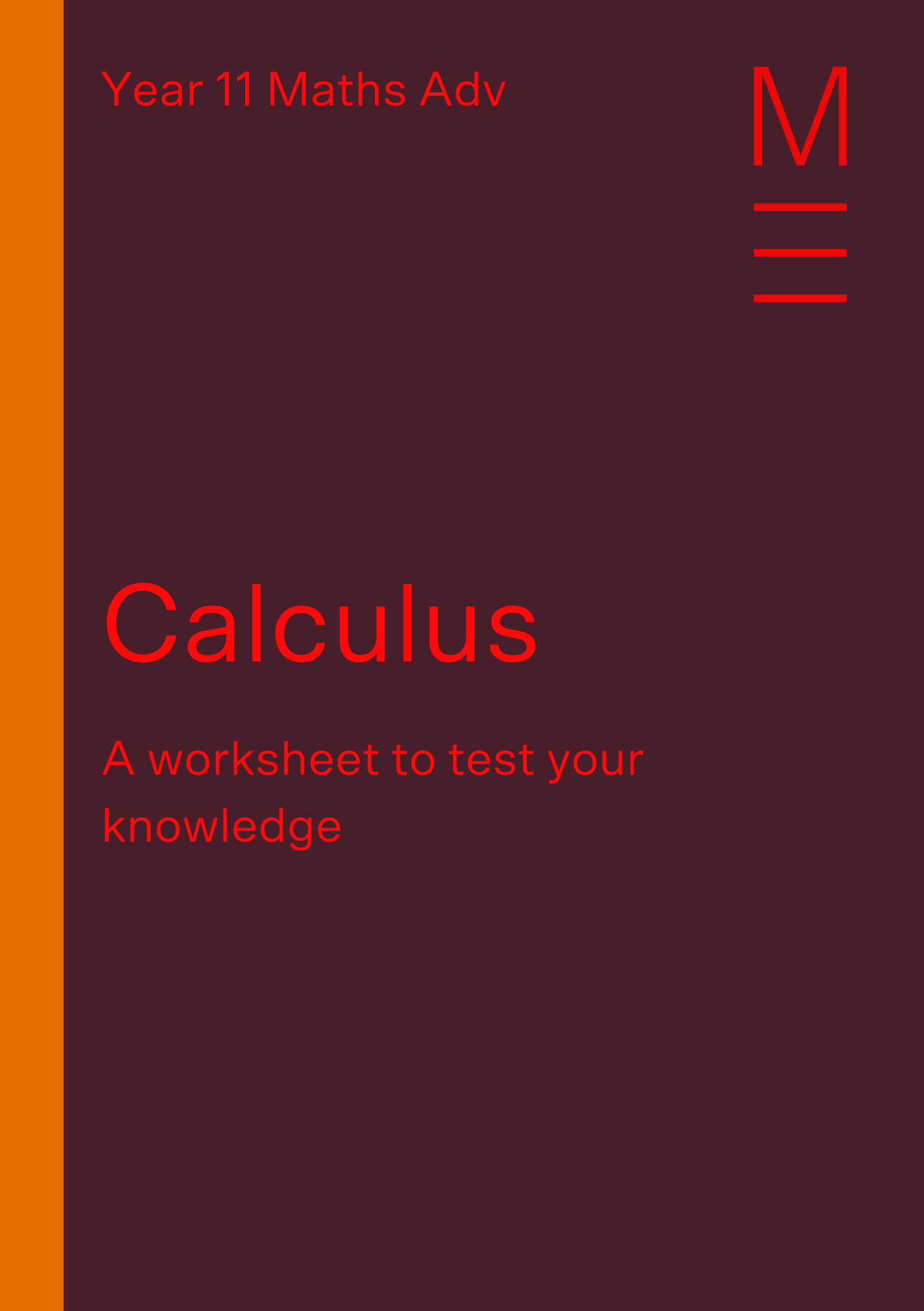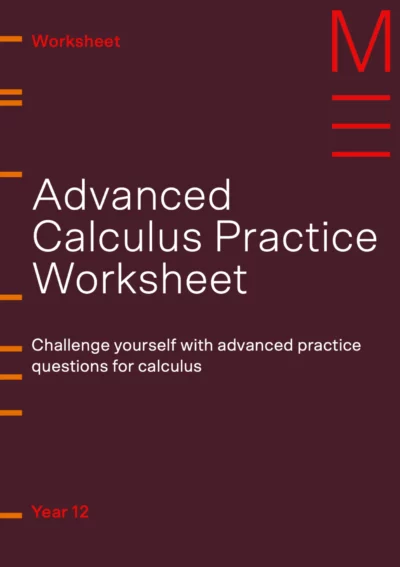Matrix students use a consistent method, kind of like a mental checklist, to solve differentiation problems accurately and avoid mistakes.
Welcome to Matrix Education
To ensure we are showing you the most relevant content, please select your location below.






